Description
1. Intel I3 4th Generation Processor :
- Intel I3 4th Generation Processor , code-named Haswell, were introduced in June 2013, following the success of the 3rd generation Ivy Bridge processors. Haswell marked a significant milestone in Intel’s processor lineup, bringing forth numerous improvements in performance, energy efficiency, and integrated graphics capabilities. In this comprehensive exploration, we will delve into the key features, technological advancements, and impact on the computing landscape brought about by the Intel i3 4th generation processors.
2. Technological Advancements and Key Features: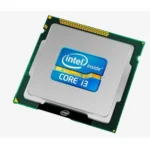
a. Architecture:
- Intel I3 4th Generation Processor were built on the cutting-edge 22nm Haswell microarchitecture. This architecture brought substantial improvements in power efficiency and performance, laying the foundation for a new era of computing devices.
b. Performance Enhancement:
- Haswell processors featured a range of dual-core and quad-core configurations, with base clock speeds ranging from 1.9 GHz to 3.7 GHz. Intel’s Turbo Boost technology allowed these processors to dynamically adjust their clock speeds, providing a significant boost in performance when required, making them ideal for both everyday tasks and demanding applications.
c. Integrated Graphics:
- One of the standout features of Haswell processors was the integration of Intel HD Graphics 4400/4600. This integrated graphics solution provided a substantial leap in performance compared to previous generations, enabling smoother gameplay, improved video playback, and enhanced support for graphics-intensive applications.
d. Power Efficiency:
- The 22nm manufacturing process and architectural optimizations led to remarkable gains in power efficiency. Haswell processors showcased a balance between performance and energy efficiency, making them ideal for laptops, ultrabooks, and other portable devices. Devices powered by Haswell processors exhibited longer battery life, reduced heat generation, and improved overall energy efficiency.
e. Socket Compatibility:
- Intel I3 4th Generation Processor utilized the LGA 1150 socket, ensuring compatibility with motherboards designed specifically for Haswell processors. This socket compatibility allowed users to upgrade their systems without needing an entirely new motherboard, providing a cost-effective solution for performance enthusiasts and budget-conscious users alike.
3. Impact on the Computing Landscape:
a. Ultrabooks and Portable Devices:
- energy-efficient nature of Haswell processors revolutionized the design of ultrabooks and portable devices. These processors enabled manufacturers to create thinner, lighter devices with extended battery life, meeting the demands of users seeking powerful yet portable computing solutions.
b. Gaming and Multimedia:
- The improved integrated graphics in Haswell processors made them a popular choice for budget gaming rigs and multimedia systems. Gamers and content creators found Haswell-based systems to be capable of handling modern games and high-definition video editing tasks, eliminating the need for a dedicated graphics card in some cases.
c. Enterprise and Productivity:
- In the enterprise sector, the Intel I3 4th Generation Processor enhanced productivity and efficiency. Their combination of processing power and energy efficiency made them suitable for various business applications, improving overall workplace performance without compromising energy budgets.
d. Innovation in Form Factors:
- power efficiency of Haswell processors also facilitated the emergence of new form factors, such as 2-in-1 devices and convertibles. These devices combined the flexibility of tablets with the productivity of laptops, offering users a versatile computing experience.
Final Thoughts:
- Intel I3 4th Generation Processor , with their Haswell architecture, ushered in a new era of computing performance and efficiency. Their impact on the market was profound, driving advancements in portable devices, gaming systems, and enterprise solutions. The balance between power and efficiency offered by Haswell processors not only met but exceeded the expectations of users, making them a cornerstone of the computing landscape during their time.
- Intel I3 4th Generation Processor s showcased Intel’s commitment to pushing the boundaries of innovation. Their influence reverberated throughout the industry, setting new standards for performance, energy efficiency, and versatility. As technology continues to evolve, the legacy of the Intel i3 4th generation processors remains as a testament to Intel’s dedication to providing powerful, energy-efficient solutions that empower users and drive the future of computing.


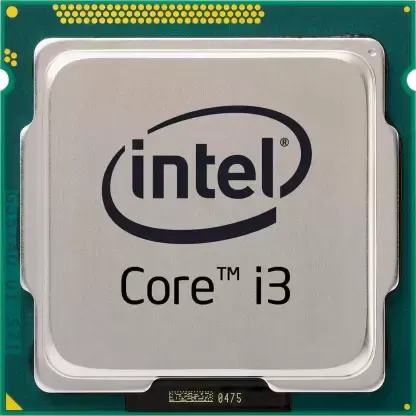


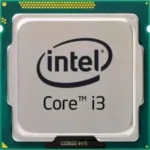
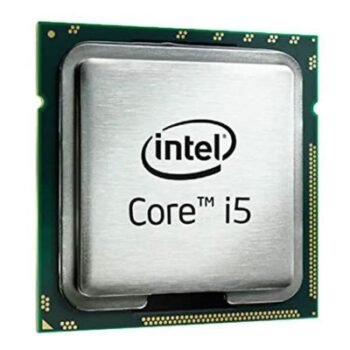
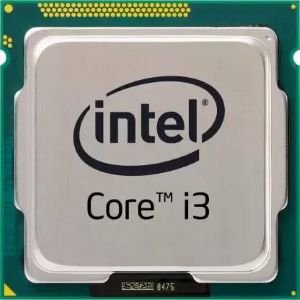
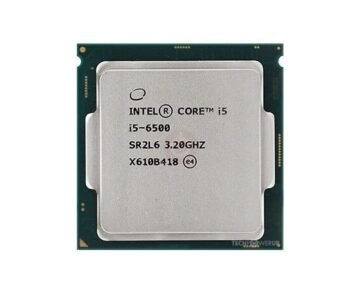
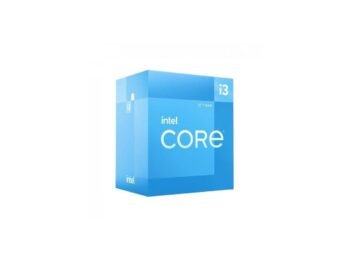
Reviews
There are no reviews yet.